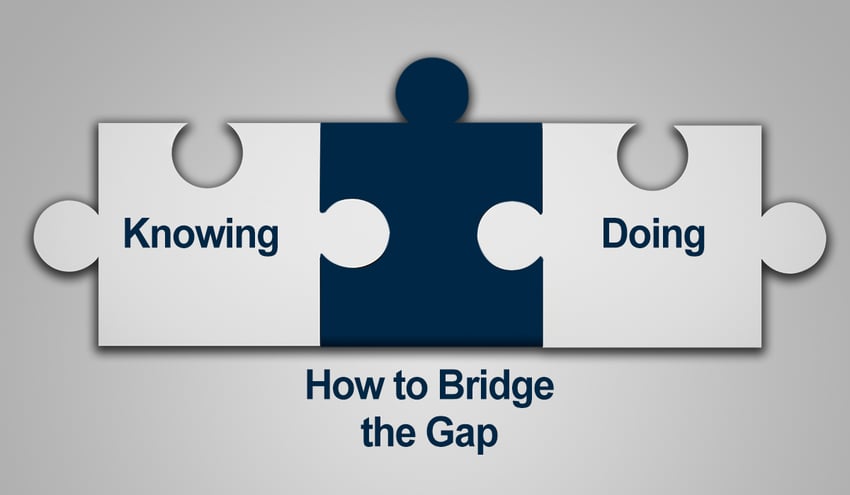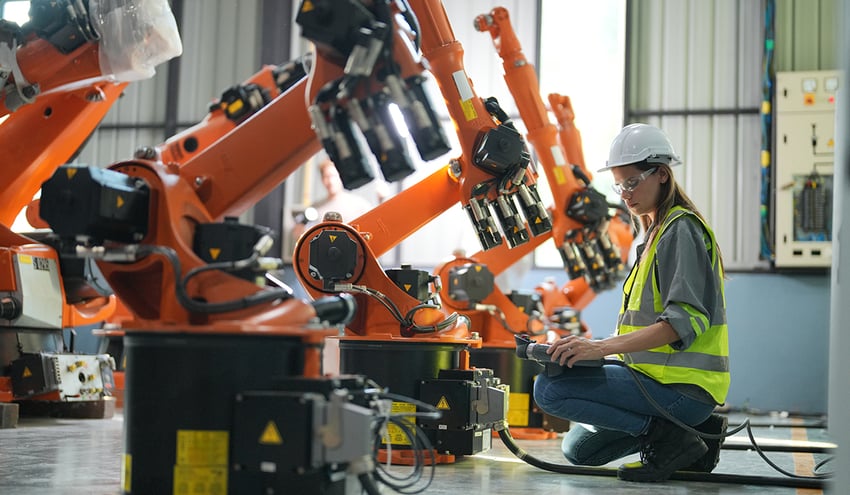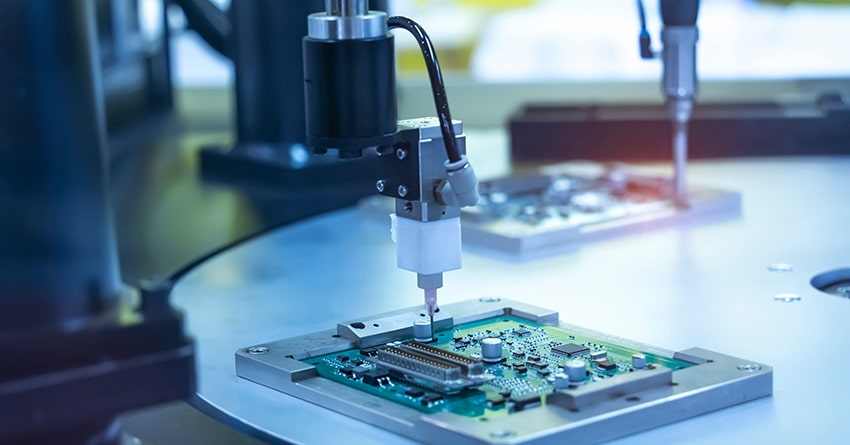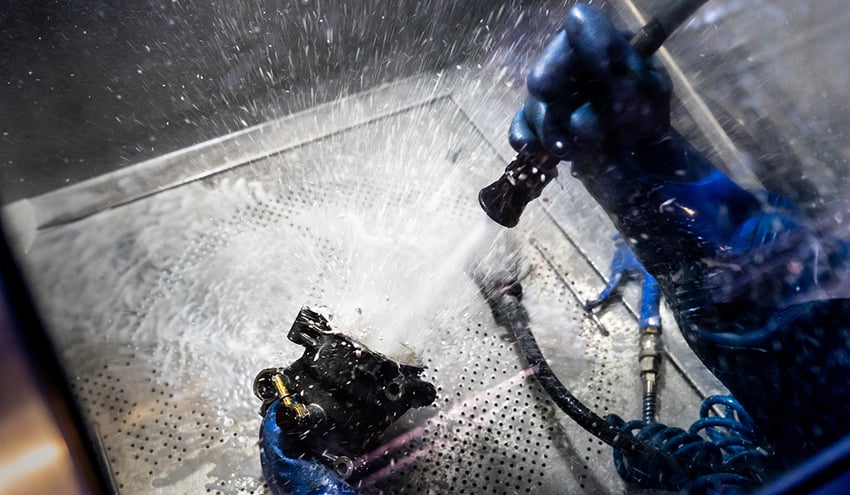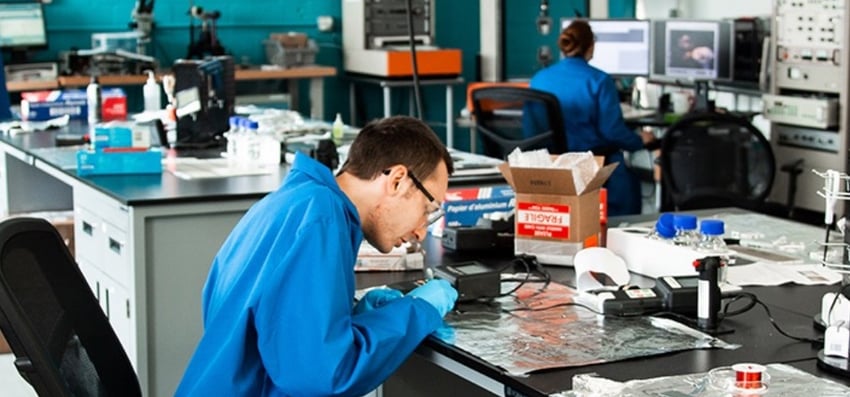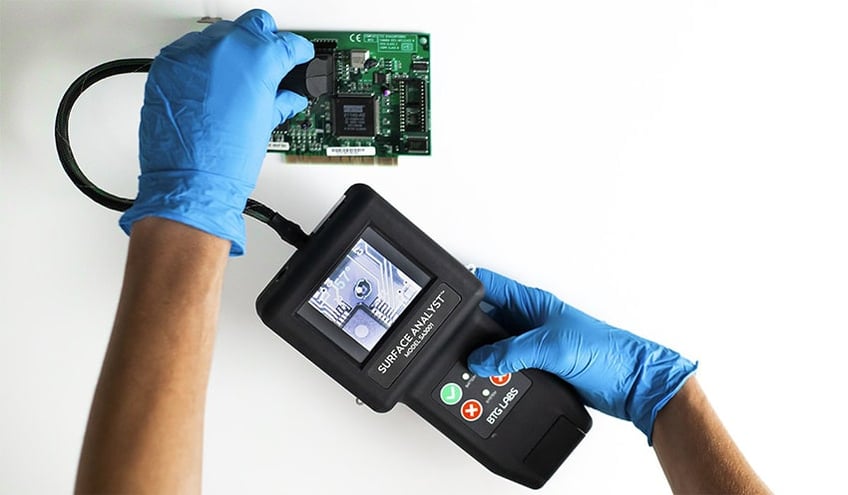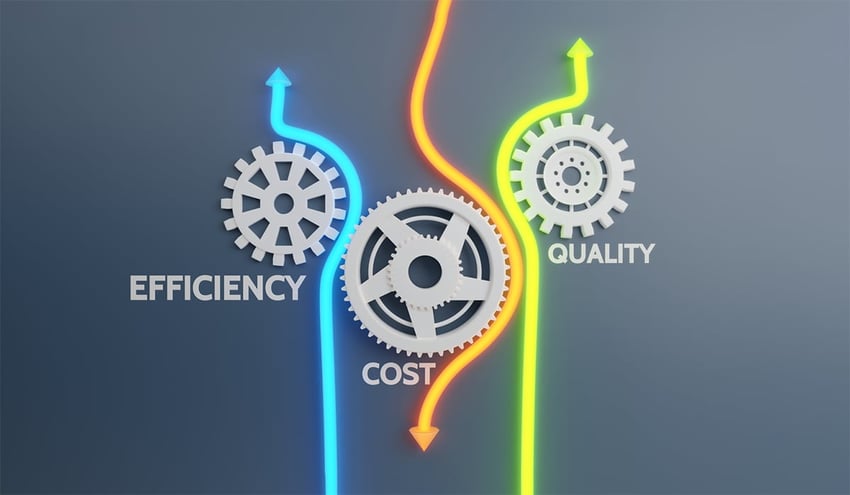At Brighton Science, we talk about surface intelligence and how it can be used to optimize manufacturing processes from the earliest stages. In response, organizations often say, “Great! That’s the key to solving, preventing, and controlling bonding issues, right? But do we have surface intelligence? How would we know? Plus, how do we use it once we’re sure we have it?”
All excellent questions.
The key to how we solve, prevent and control adhesive issues at Brighton Science is by helping manufacturers learn from “failures,” implement surface intelligence throughout the product development lifecycle and bridge the knowing-doing gap within your organization.
Rethink your adhesion manufacturing processes with Surface Intelligence.
But first, how do most manufacturers typically handle problems pertaining to adhesive issues?
The truth is most manufacturers use surface intelligence by learning how to solve adhesion issues on the job as they arise.
So, if manufacturers already use this critical tool for solving complex adhesion issues, aka surface intelligence, why are their adhesion failures still so unpredictable and inevitable?
If surface intelligence is understood and already exists within an organization, chances are, the information isn’t correctly distributed to the right teammates, leading to reactive responses to issues. This silo effect creates a “knowing-doing gap,” which causes a cycle of patching problems instead of diving into root causes and solving them from the start.
What’s the impact of this less-than-perfect response?
Organizations never get to the source of issues. They don’t learn how to prevent them from reoccurring, and they’re unable to install controls for managing them early in the manufacturing process.
But there is hope. The surface intelligence that exists can be identified, harnessed, shared, and strategically put into action through Brighton Science’s method of measuring surface quality and root cause analysis.
It’s time for organizations to learn the secret to increased productivity, more consistently high-quality products, and overall cost reduction.
The Costs of the Knowing-Doing Gap
When issues arise, someone has to deal with them. Unfortunately, due to the reactionary approach many businesses default to, those who research and implement solutions are often the technicians located on the front line.
As these employees address problems, they’re amassing experience and knowledge but still experience procedural failure for a few reasons:
- This knowledge often stays where it is applied - at the local level. Most technicians don’t have a proper place to document the problem, the solution, and any failed attempts at remediation. They think of short-term success instead of long-term effects.
- As similar problems surface all over the organization across the country or globe, there’s no way to share what was learned at one location, or even one production line, more broadly. It’s a catch-and-release approach to problem-solving.
- The problem-solving local people move on to the next fire or issue because they're typically flexible, multipurpose specialists and may not be thinking about the root cause of the problem (or have the time to).

Researched at length by Jeffrey Pfeffer, Ph.D., and Robert I. Sutton, Ph.D., both professors and experts of various management-based theories at Stanford University, the two say it’s easy for companies to know what to do, but it’s difficult to implement new ideas based on that knowledge. In their book, “The Knowing-Doing Gap,” published in Harvard Business School Press, Jeffrey Pfeffer and Robert I Sutton explain, "...there is no doing without mistakes, and you should be measuring what matters and what can help turn knowledge into action."
“There is no doing without mistakes” dictates all learning comes with “failure,” which is not truly a failure as long as you can learn something from the event. Read more about why failure is only failure if you don’t learn from it in our article, “Fail Early, Fail Often.”
Jeffrey Pfeffer and Robert I Sutton also highlight the importance of what you should and should not be measuring. Mainly, that it's not about the number of measurements you take; you could take 100 contact angle measurements and still not know what’s wrong with your surfaces. You want to use those measurements to predict what's going to happen in the near future, “So organizations must also measure processes, not just outcomes.” This bridges the knowing-doing gap within organizations creating a knowledge-based competitive advantage few can rival.
Surface-related problems are very particular – they're significant when they happen and complex due to all the contributing factors that aren't visible. However, since the organization doesn’t capture any of the knowledge, the solutions (and the contributing factors) disappear. Routinely, we see the same problems emerging again and again in complex systems because of this lack of record-keeping, which holds the organization back from hitting even a general level of operational success.
And these front-line technicians aren't present earlier in the process to help answer questions like:
- How could we have prevented this issue in the first place?
- How do we make sure it doesn't happen in the future?
Bridging the knowing-doing gap requires a mechanism for clearly sharing information across departments and locations. Building known solutions into the process at the earliest possible point is critical to leveraging what has already proven to work.
It seems obvious, but most of this knowledge is locked in the places where the issues occur and never spreads much further. Using a straightforward, universal language to easily share information about creating and maintaining high-quality surfaces across the landscape of an organization unleashes the power of surface intelligence that is already available to manufacturers.
The Doom Spiral of Patching Instead of Researching & Fixing
When prioritizing which problems to fix within an organization, they’re often ranked by size. The next step is to assess the impact, potential costs, and how widespread the problem is. The issues that get the most attention are those with the most extensive impact–the highest cost and broadest scope.
But often, the actual size of a problem can be hidden. When teams don’t have ways to share information clearly and with standardized metrics, issues might indicate an alarming trend in poor quality stemming from the same or similar root cause.
For instance, if the local person who dealt with an issue didn’t report the problem up the channels, it might not get collected with other problems that could be solved through similar methods. Or, say the person did report the problem, but the diagnosis might have been different from a similar problem another team was experiencing. So, the two incidents do not get connected. As a result, both teams would remain ignorant of each other's findings, and the full scope of the problem appears smaller than it actually is.
The organization may not give the issue sufficient attention, as they would when they uncover a defective piece of manufacturing equipment or an ineffective supplier. These scenarios expose an obvious connection between the equipment or service and the result.
However, when it comes to adhesion issues, replacing equipment might be unnecessary if the true root cause isn’t understood and investigated.
So, if the problem isn't understood and the scope is underestimated, it’s easy to see how organizations get caught in a patch instead of a fixed loop that never actually solves the core problem.
How Do Companies Break the Cycle?
We’ve explored a few of the ways organizations put out fires after fire but never seem to anticipate new crises. There’s a missing piece that companies need in order to make sense of the knowledge that is trapped within their workforce. The chemistry of surfaces is not well understood within organizations. Adhesion relies on a surface's top few molecular layers to which glue, coating, paint, etc., is applied.
This lack of understanding often leads to adhesion issues not being clocked as surface issues when that’s precisely what they are. Solutions to these problems seem elusive for the simple fact that surfaces are alive.
Optimize the power of next-gen connectivity with data & surface intelligence.
Surfaces are constantly changing, especially the molecular layers critical to reliable adhesion. In addition, surfaces are incredibly delicate, and manufacturers do not widely or well understand the number of factors that can change a surface’s chemistry.
Surface condition is a critical factor in making bonds work. But, until organizations have the language to discuss surfaces and their quality, they’ll never break free from the spiral of throwing everything at the wall until something sticks.

How Brighton Science Helps Solve, Prevent, and Control Widespread Adhesion Issues
Solve
Adhesion and bonding issues happen all the time. Yet the root cause of these failures continues to be misunderstood. Our experts, who have spent decades solving thousands of problems, along with powerful and all-encompassing analytic tools, will help you accurately diagnose and resolve frustrating failures.
Prevent
We assess your entire adhesion process, from product development plans to supply chain management to final assembly. Utilizing Critical Control Points (CCPs), where surfaces are most likely to change either intentionally or inadvertently, Brighton Science can ensure your product launch happens in a timely and successful manner. We partner proactively with product development teams and supply chain managers to ensure foolproof adhesion—minimizing delays and public recalls (think of avoiding the front page of your favorite electronics, automotive, or manufacturing blog.)
Control
We provide surface intelligence training and techniques, including measurement devices, to assess your process and determine how to act on the knowledge you learn from the data. Brighton Science takes the pressure off your font-line technicians so the entire organization can benefit from what they learn as they put out fires, also known as knowledge management.
A problem isn’t truly solved until it is also prevented from recurring and processes are proactively controlled. That’s the holistic problem-solving Brighton Science offers organizations.
Predict when mistakes might arise in your processes and avoid unnecessary measurements by reading the eBook Seeing the Unseen: How Surface Quality Data Enhances Risk Prediction in FMEA.

